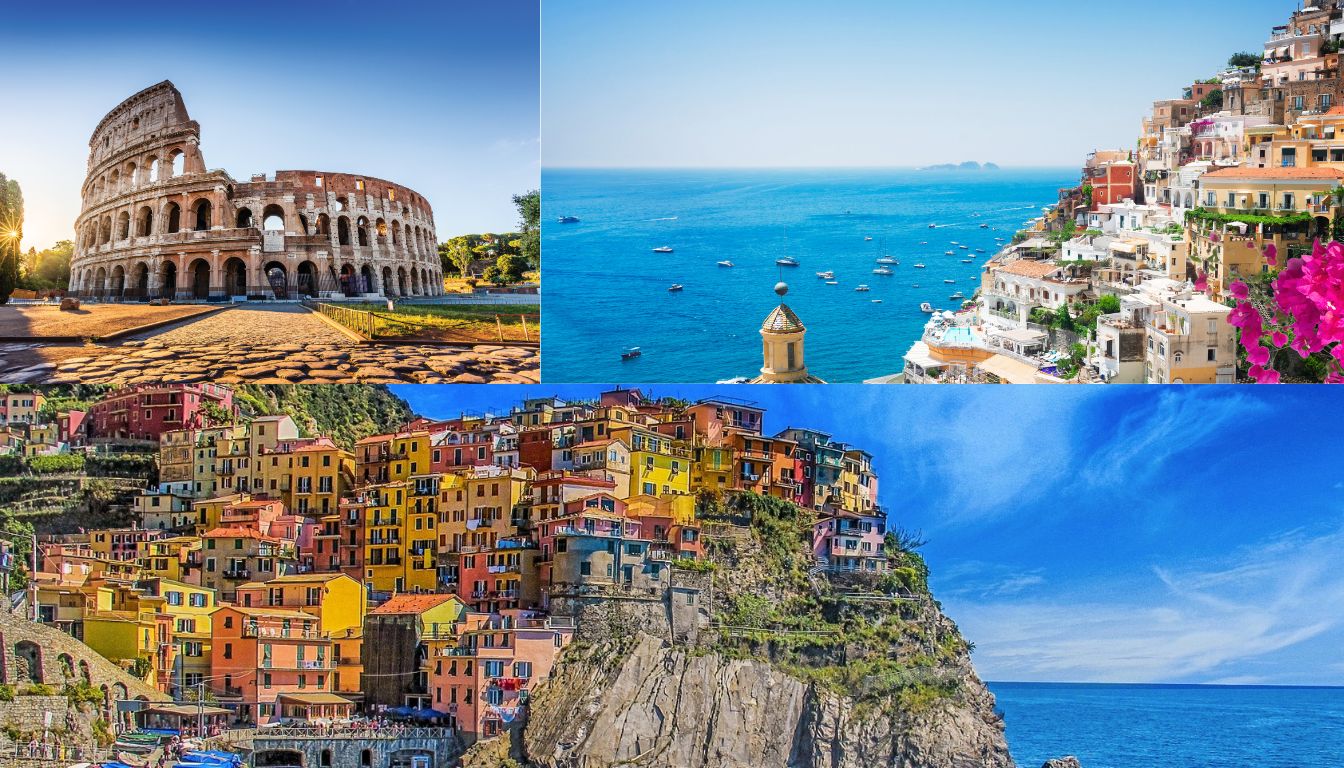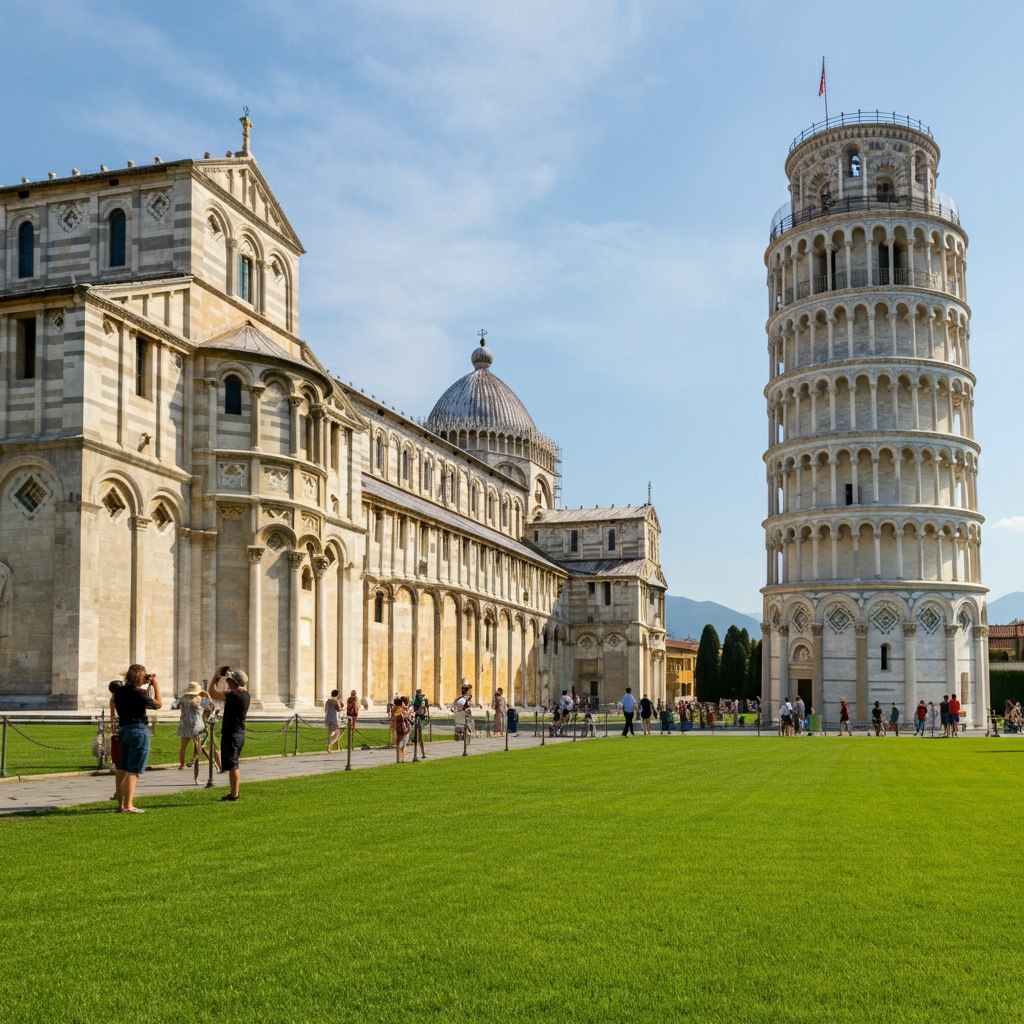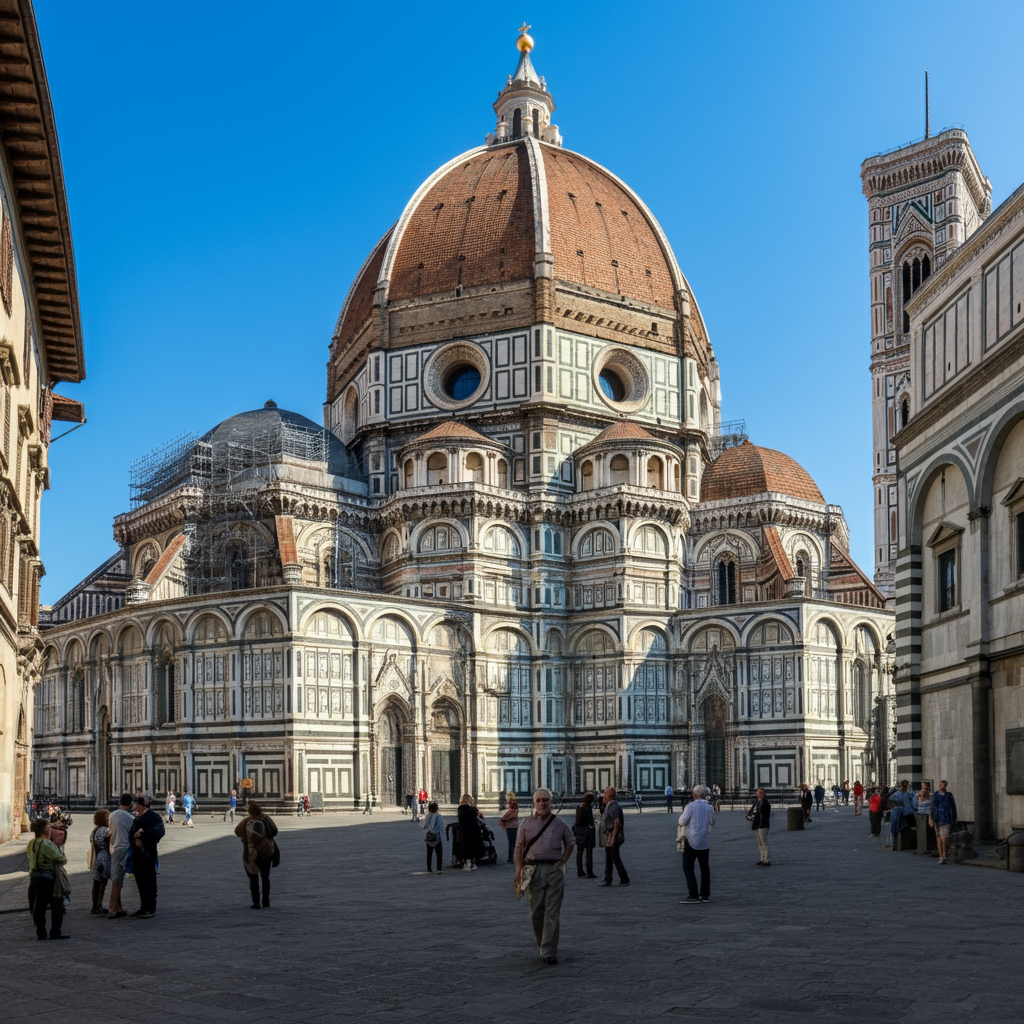7 Famous Landmarks in Italy You Can’t Miss

Italy is a treasure trove of history, culture, and architectural marvels. From the ancient ruins of Rome to the romantic waterways of Venice, Italy boasts some of the most famous landmarks in the world. These iconic sites don’t just tell the story of Italy—they reveal the depth of human creativity and resilience throughout history.
If you’re a travel enthusiast, a history buff, or someone who simply loves Italian culture, this guide will take you on a virtual tour of Italy’s most significant sites and inspire your next adventure.
1. The Colosseum, Rome
When you think of Rome, the Colosseum is likely the first landmark that comes to mind. Built in A.D. 72 under Emperor Vespasian, this amphitheater is one of the greatest architectural and engineering feats of Ancient Rome.
Historical Background
The Colosseum was designed to host gladiatorial contests, public spectacles, and dramas—all to entertain Roman citizens. It could hold up to 50,000 spectators, who anxiously cheered on thrilling performances. Today, walking through its aged arches offers a glimpse into the grandeur and brutality of Roman life.
Visitor Experience
Exploring the Colosseum is like stepping back in time. Hire a guide or download an audio tour to fully appreciate its history and hidden details. Pro tip? Visit early in the morning or late afternoon to avoid the crowds, and don’t forget to book tickets in advance!
2. The Leaning Tower of Pisa

Perhaps one of the quirkiest landmarks in the world, the Leaning Tower of Pisa’s iconic tilt has made it famous universally.
Why Does It Lean?
Construction started in 1173, but the soft foundation of clay and sand caused the tower to tilt before it was even completed. Ingeniously, architects corrected its angle over the years, stabilizing what is now a charming and enduring feature of the structure.
Travel Tips
Don’t just plan a quick photo op! Climb the tower’s spiraling steps (a ticket grants you access) for panoramic views of the Piazza dei Miracoli. Pair your visit with a tour of the nearby Pisa Cathedral for a deep-dive into Italian Gothic architecture.
3. Florence Cathedral (Duomo)

A masterpiece of Renaissance architecture, the Florence Cathedral, or “Duomo”, is an essential stop for any cultural traveler.
Architectural Genius
Its spectacular dome, designed by Filippo Brunelleschi in the 15th century, was a groundbreaking feat of engineering at the time. The cathedral’s façade, decorated in pink, green, and white marble, is equally mesmerizing.
Must-See Features
Climb up to the dome for stunning views of Florence. Inside, marvel at Giorgio Vasari’s brilliant frescoes of “The Last Judgment,” and don’t miss the nearby Baptistery of San Giovanni, famous for its ornate bronze doors.
4. The Grand Canal, Venice
Venice’s Grand Canal is just as magical as you’ve imagined. Often called the “main street” of Venice, this iconic waterway is the city’s lifeline and backdrop for its most romantic experiences.
Description & Highlights
The Grand Canal winds through Venice, lined with palatial buildings, colorful Venetian facades, and bustling markets. It’s best experienced through a gondola ride or a Vaporetto (water bus), which lets you soak in the sights from the very heart of the city.
Cultural Significance
Beyond its postcard-like beauty, the Grand Canal has played a central role in Venice’s trade and economy. Strolling along its banks or gliding through its waters connects you to centuries of Venetian history.
5. St. Mark’s Basilica, Venice
St. Mark’s Basilica is an architectural and artistic wonder in Venice’s lively San Marco Square.
History and Architecture
Originally built in the 11th century, St. Mark’s Basilica is a stunning blend of Byzantine, Gothic, and Romanesque styles. It’s renowned for its five domes and intricate marble designs that sparkle under the sun.
Famous Mosaics
Step inside, and you’ll be greeted by dazzling mosaics created using gold leaf and vibrant stones. These masterpieces depict religious stories and exude a sense of divine grandeur. Arrive early to avoid long queues and take your time to admire its beauty.
6. Pompeii
Few places in the world capture the passage of time like Pompeii. Frozen in time by the devastating eruption of Mount Vesuvius in 79 A.D., this ancient Roman city offers unmatched insights into life nearly two millennia ago.
A Walk Through History
Explore Pompeii’s remarkably preserved streets, frescoed villas, bathhouses, and even a theater. Its preserved ruins tell stories of tragedy and resilience, offering a glimpse into the vibrant life of its inhabitants before the disaster struck.
Preservation Efforts
Today, Pompeii is an archaeological treasure that continues to reveal new discoveries. Visitors are advised to wear comfortable shoes, as it involves lots of walking. Hiring a guide can help bring the site’s significance into vivid focus.
Why These Landmarks Matter
Every one of these incredible landmarks showcases a facet of Italy’s vibrant history and cultural heritage. They reveal centuries of art, engineering, and traditions that have shaped both Italy and the world.
Whether you sit by the Grand Canal, marvel at the Colosseum, or walk the ancient streets of Pompeii, you’re not merely visiting buildings. You’re stepping into stories that define Italian identity and its profound impact on global culture.
Plan Your Italian Adventure
If this makes you dream of wandering through Italy’s cobbled streets, it’s time to turn those dreams into plans. Choose one (or all) of these landmarks to explore on your next trip. And if you’ve already visited, we’d love to hear your stories and tips—share them in the comments below!






